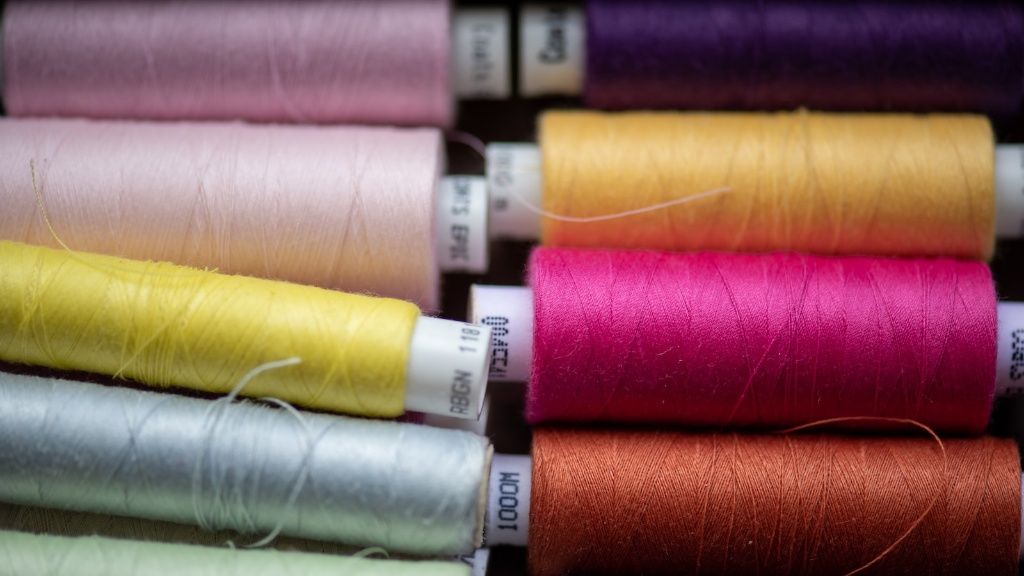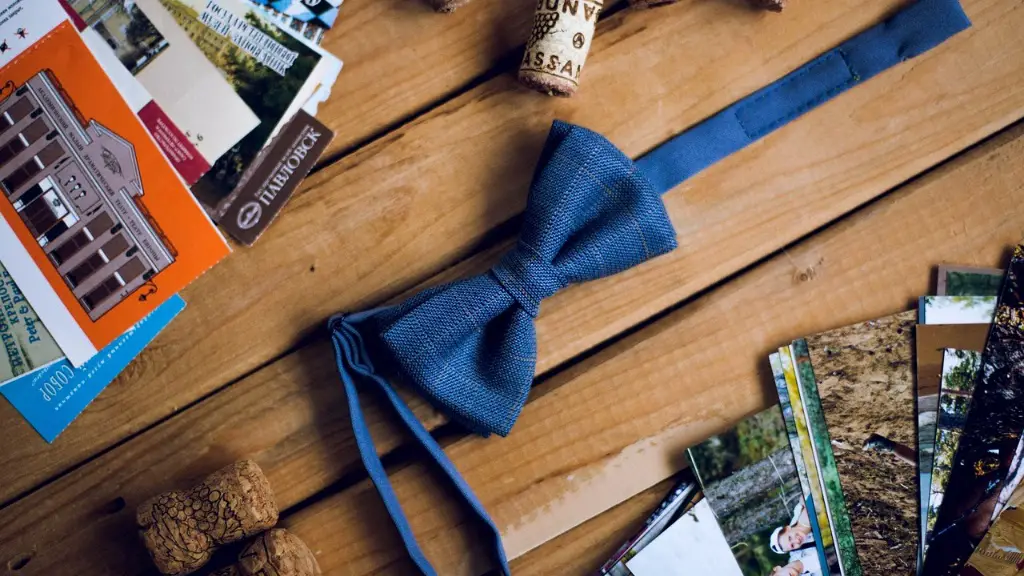Sewing machines are a wonderful tool that can help you create beautiful projects. But in order to sew on a sewing machine, you need to have the right needle. Choosing the right needle will depend on the fabric you are sewing and the type of sewing machine you are using. In this article, we will show you how to choose the right needle for your sewing machine.
The size and type of needle you use depends on the fabric you are sewing.
For example, if you are sewing a delicate fabric, you would use a smaller needle. If you are sewing a thick fabric, you would use a larger needle.
If you are not sure what size needle to use, you can always ask a salesperson at the fabric store for help.
What is a 90 14 needle used for?
Needles come in all sorts of sizes and it can be confusing to know which one to use for which fabric. A good rule of thumb is to use a smaller needle for lighter fabrics and a larger needle for heavier fabrics. For medium weight fabrics like poplin, broadcloth and muslin, a 90/14 needle is a good choice. And if you’re not sure which size to use, a pack of Schmetz universal needles is a great way to get started.
There are two main types of needles used for sewing: sharp and ball point. Sharp point needles are generally better at cutting through materials and are usually used on tightly woven or non-woven fabrics. Ball point needles are most often used on knit materials. They tend to move the threads of the material to the side of the needle as they sew.
What is a 80 12 needle used for
Jersey fabric is a type of knit fabric that is typically made from cotton, polyester, or a blend of the two fibers. Jersey fabric has a distinctively “knit” appearance, and is often used to make t-shirts, sweatshirts, and other garments. Jersey fabric is relatively stretchy and can be difficult to sew on a regular sewing machine. A ball point needle is a type of needle that is specifically designed for sewing on jersey fabric and other knit fabrics. Ball point needles have a slightly rounded tip that helps to avoid damaging the fibers of the fabric as it pierces through the fabric.
And much sharper than most needles They are designed to penetrate finely woven delicate or difficult-to-reach fabrics without damage.
When would you use a 100 16 needle?
These needle sizes are for heavyweight fabrics that are difficult to sew. They are used with thick threads that can handle the fabric.
Size 11 (European 80) needles are best used with light-weight fabrics such as silk, muslin, and calicoes. Size 14 (European 90) needles are best used with medium-weight fabrics such as rayon, gabardine, satin, chino, linen, denim, and thick quilts. Ballpoint size 14 needles are best used with light to medium-weight knits such as tricot or jersey.
What is the most commonly used needle for sewing?
Universal needles have a slightly rounded point and range in size from 60/8 (very fine) to 110/18 (very heavy). The most popular size used is 80/12.
If you are using a sewing machine for the first time, or are unsure which needle to use, then start with a size 80/12 universal needle.
A large eye needle is recommended when sewing with a heavier thread. This is because a larger eye needle can accommodate a thicker thread, which is necessary for a heavier thread. A size 90/14 needle is a good choice when sewing with a 40 wt. thread.
What is the most commonly used needle number
The most common needle sizes are 50, 60, 70, 80, 90 and 100. These needles are typically half a millimeter to a millimeter in thickness.
If you’re looking for a versatile needle that can handle both woven and knit fabrics, the Schmetz Universal Needle in size 75/11 is a great option. It’s the standard size for sewing and quilt piecing, and it fits the Singer Featherweight 221 and 222K perfectly. The slightly rounded point allows for trouble-free sewing on numerous types of materials, making it a great choice for both beginners and experienced sewists alike.
When would you use a 75 11 needle?
A 75/11 needle is designed for use on high speed commercial embroidery machines. It is an ideal all-purpose needle size that can be used with standard threads like polyester and rayon, as well as heavier threads like metallic.
This is a note on the different types of needle sizes and their respective uses. The size of the needle you use will depend on the type and weight of fabric you are working with. For lightweight fabrics, a size 75/11 needle is recommended. For medium-weight fabrics, a size 80/12 needle is better. And for heavy-weight fabrics, a size 90/14 needle is good.
What needles are best for beginners
For beginners, it is recommended to use bamboo or wooden needles. The stitches do not slide off the needles as easily as with other materials. In addition, they are comfortable in your hands and do not slip away like other materials such as plastic or aluminum needles.
Sizes for quilting needles range from 13 to 26. The most popular sizes are 16 to 26. Size 13 and 14 are commonly used for stitching heavy and coarse fabrics. These needles are very short and fine, with a round eye. The shorter length allows the quilter to create quick and even stitching.
Which needle size is less painful?
The thinnest needle (27 gauge) was reported as the least painful, compared to the intermediate (23 gauge) and the thickest needle (21 gauge). This suggests that thinner needles may be associated with less pain.
If you’re working with heavy fabrics, you’ll want to use a needle marked 100/16. This size is ideal for fabrics like denim. For even heavier fabrics, like upholstery, you’ll want to use a needle marked 110/18. This size is best for sewing the heaviest fabrics.
Final Words
There is no definitive answer to this question, as the best needle for a sewing machine depends on the specific project and fabric being used. However, there are a few general tips that can be followed in order to choose the best needle for the job. First, always consult the sewing machine’s manual to see what type of needle is recommended for the machine being used. Second, consider the type of fabric that will be sewn – for example, a heavier fabric will require a stronger needle than a delicate fabric. Finally, choose a needle size that is appropriate for the thread being used – a thin thread will require a smaller needle, while a thick thread will require a larger needle.
Choosing the right sewing machine needle is important because the needle is what creates the stitches. The needle also determines the size of the stitches. If the needle is too small, the stitches will be too small. If the needle is too large, the stitches will be too large. There are also different types of needles for different types of fabrics. So, it is important to know what type of fabric you will be sewing before you choose the needle.





